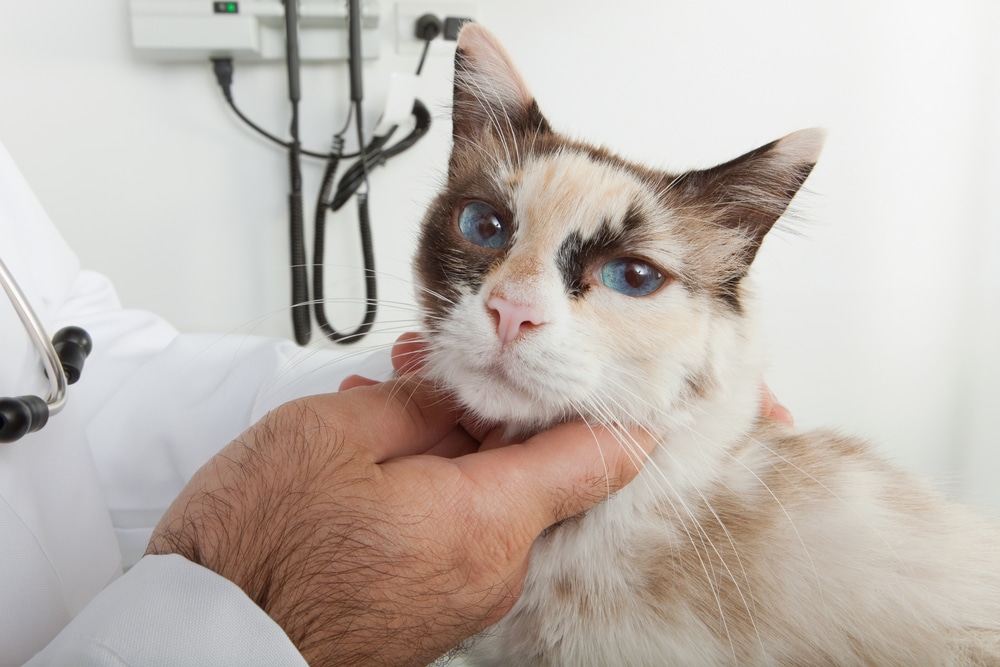neoplasia in cats nose
Nasal adenocarcinomas originate from the glandular cells eg sebaceous glands in the nasal cavity. JAVMA 204 1 78-83 PubMed.

Nasal Squamous Cell Carcinoma In A Cat Treated With One Session Of Download Scientific Diagram
Benign nasal tumors include adenoma 19 of epithelial tumors in cats basal cell tumor fibroma and neurofibroma.
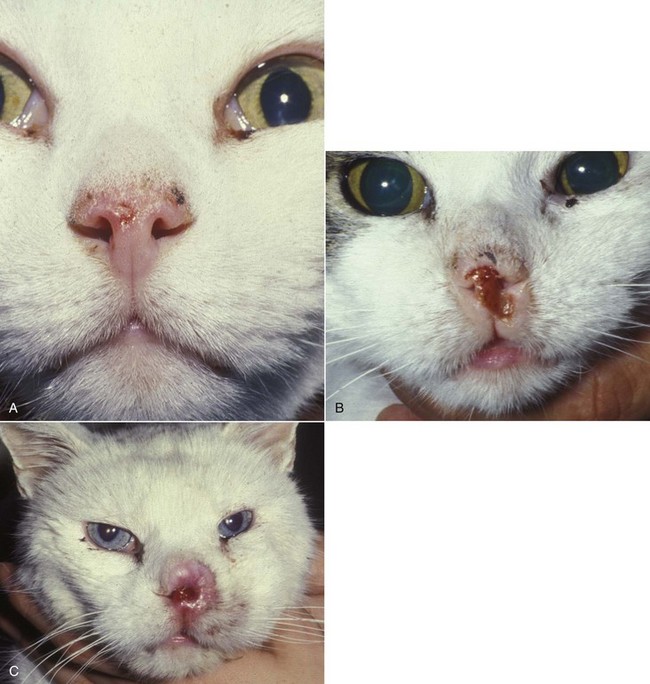
. Théon A P Peaston A E Madewell B R et al 1994 Irradiation of nonlymphoproliferative neoplasms of the nasal cavity and paranasal sinuses in 16 cats. High individual variability was observed. Ocular squamous cell carcinoma is most common in animals with light pigmentation around the eyes because sun exposure is one of several predisposing factors.
A prolonged infection might turn bacterial which would require antibiotic treatment. Nosebleeds can affect one or both nostrils and this. Canine and feline nasal neoplasia Clin Tech Small Anim Pract.
Epistaxis can be a symptom of a serious medical condition like cancer or organ failure. Neoplasia may also develop inside the nose of both cats and dogs. In cats the most common nasal tumor is nasal lymphoma.
Median survival for cats with low-grade tumors was not reached and the median survival was 90 days for those with a high-grade tumor. Nonocular melanocytic neoplasms are often considered rare neoplasms in cats reported to account for less than 1 of all feline oral neoplasms and approximately 05 of feline cutaneous tumors. Viral rhinitis will generally resolve itself within seven to 10 days.
Nasal polyps are most frequently observed in young cats. Cancer in Cats Defined. Neoplasia may also develop inside the nose of both cats and dogs.
Tumors of the nose and paranasal sinuses account for 12 of all canine or feline tumors. They are locally invasive and do not normally spread but are almost always malignant. Older cats however may also be affected.
Studies have shown nose cancer is more common in larger animal breeds than in smaller ones and it may be more common in males than females. Many diseases affect the skin on the noses of cats. The mean age at time of diagnosis is 9510 years for dogs and 12 years for cats.
Polyps may be up to 1-2 cm in length extending into the nasal passages or the ear canal. It is a good idea for when swollen nose bridge on cats occurs to consult with your veterinarian. Abnormal swellings that persist or continue to grow Sores that do not heal Weight loss Loss of appetite Bleeding or discharge from any bodily opening Offensive odor Difficulty eating or swallowing Hesitation to exercise or loss of stamina Persistent.
Once the tissue sense the presence of a pathogen the cats immune response sends antibodies to its location and inflammation occurs as they fight it off. Neoplasia may also develop inside the nose of both cats and dogs. A shallow defect in the skin.
These signs can include nose bleeding discharge difficulty breathing sneezing facial swelling facial deformity due to growing mass eye discharge weakness andor weight loss. Cancer also called neoplasia presents in many different often nonspecific ways in cats. Incidence is also higher in males of both species than in females.
Your veterinarian will often perform an examination to rule out other conditions. The average age of cats at diagnosis is 10 years however cats as young as 3 years have been diagnosed with this type of cancer. Hematopoietic neoplasms including lymphoma are one of the most common cancers diagnosed and treated in veterinary medicine and account for approximately one-third of all cancers in cats.
Nasal vestibule is the most common site for feline nasal SCC malignant melanoma and basal cell tumor. The symptoms of nasosinal tumors can overlap with those of other causes of nasal disease. Nasal tumors occur primarily in the nasal cavity and may later extend to the frontal and paranasal sinuses.
In dogs nasal tumors are nearly all malignant and slightly 60 are carcinomas of which. The grading system had an 80 sensitivity and 92 specificity for predicting tumor-related death in this population of cats. It is also commonly caused by sinus or respiratory infections or injuries to the nose or head.
The incidence in dogs is twice that in cats. There are many different forms of cancer and since the symptoms are so varied any lumps or bumps wounds that dont heal changes in behavior including appetite weight litter. Nasal tumors are less common in cats than in dogs making up about 1 of tumors in cats.
Nosebleeds referred to as epistaxis are a condition in which blood or bloody discharge occurs from the nose. Subsequently dogs and cats are living lon. Of 79 tumors with outcome data 43 54 were low grade and 36 46 were high grade.
Galloway P E Kyles A Henderson J P 1997 Nasal polyps in a cat. Nose cancer or nasal adenocarcinoma occurs when too many cells in a cats nasal and sinus passages come together. Parasites such as ticks and fleas an also cause swelling on the cats nose.
2 4 Unlike in dogs 13 however there are no defined prognostic features for feline. Nasal tumors form a very small percentage of feline tumors and are less common than nasal cancer in dogs. Symptoms of neoplasia in cats include 4.
It is common for a cat that has been affected with a squamous cell carcinoma of the nose or sinuses to have nasal discharge and inflammation after surgery and radiation therapy. Squamous cell carcinoma is a common neoplasm in several species. Nose Neoplasms epidemiology.
In dogs the most common nasal tumor is nasal adenocarcinoma. The disease progresses slowly. These polyps are composed mostly of inflammatory cells covered by a layer of epithelial cells modified skin cells that extend over the surface of the polyp.
In cats there is some indication that chronic rhinitissinusitis may be an initiating factor for the subsequent development of nasal neoplasia. The reason for the swelling is due to the cats immune response. Nasal lymphoma has been reported in FeLV positive as well as FeLV negative cats.
While cancer is usually diagnosed in senior cats certain cancers can develop in cats of any age. 14 Nevertheless these neoplasms continue to be frequently reported in the literature. A nasal tumor is a type of cancer that results from the disorganized uncontrolled production of cells that line the nasal airway.
What are the symptoms of nasosinal tumors in cats. Fungal infections are also possible in its nose after surgery. Dogs and cats of our society have outgrown their status as merely pets and are now considered our close companions and even family members.
In cats with nasal neoplasia unweighted UniFrac metric did not show a significant difference using ANOSIM analysis when the microbiome of cats with nasal neoplasia that received antibiotics was compared to cats that did not have a history of antibiotic treatment unweighted UniFrac distance p 0465 weighted UniFrac distance p 0159. These symptoms should be checked by your veterinarian. These symptoms usually go away in in the course of several weeks.
Options exist when the disease is caught early and. JSAP 38 2 78-80 PubMed.
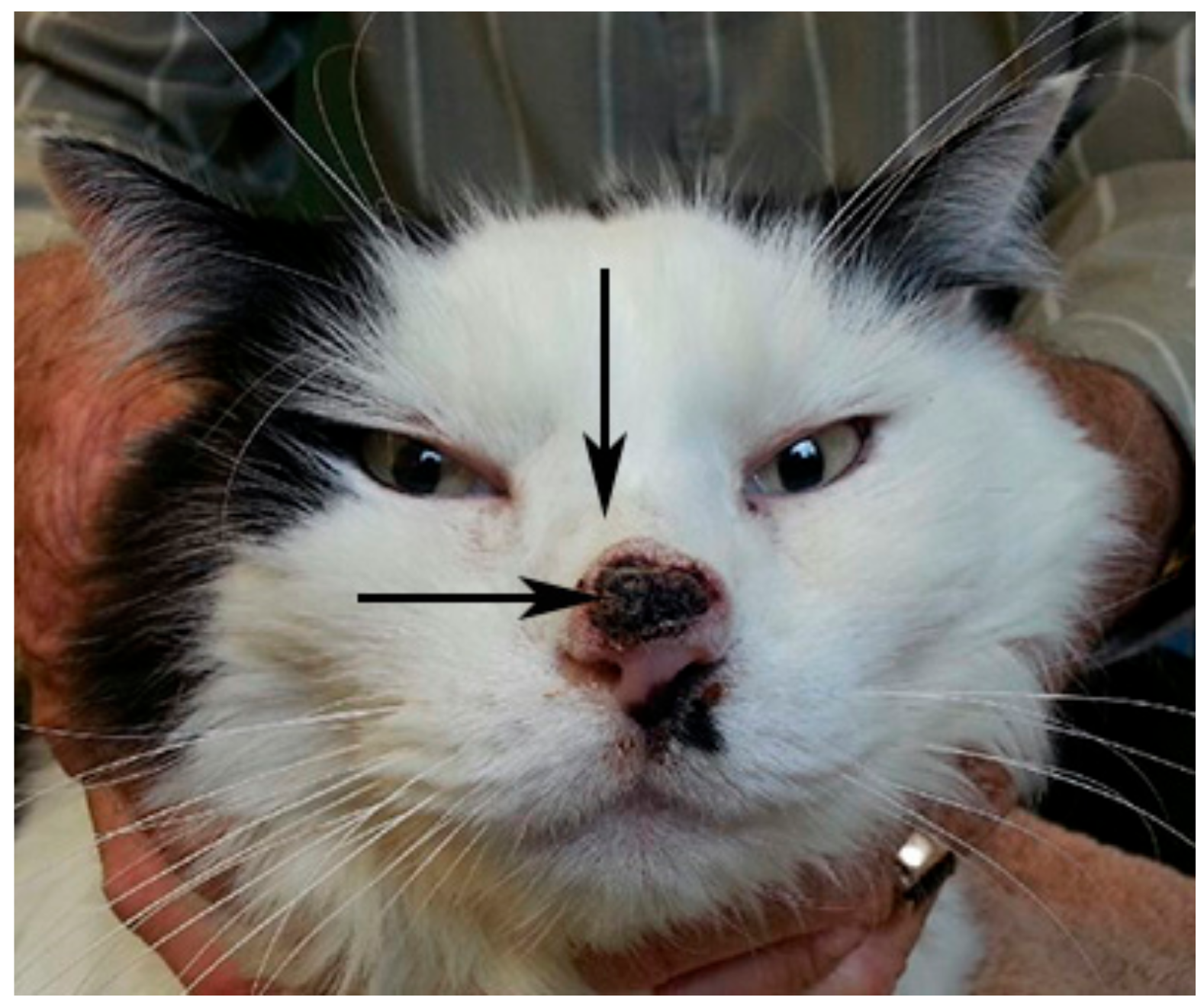
Viruses Free Full Text Identification Of A Novel Papillomavirus Associated With Squamous Cell Carcinoma In A Domestic Cat Html

Nose Cancer In Cats Causes Symptoms Treatment All About Cats
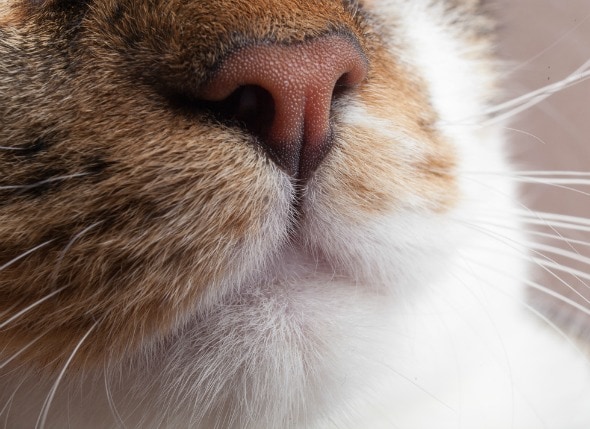
Nose And Sinus Cancer Squamous Cell Carcinoma In Cats Petmd
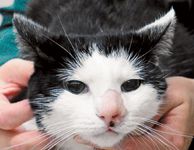
Canine And Feline Nasal Tumors

My Cat Has Nose Cancer Diagnosed 5 Years Ago Does It Hurt R Cats

Facial Distortion And Epiphora In A Cat With A High Grade Large B Cell Download Scientific Diagram

Visiting Vet Cappuccino The Tabby Cat The Martha S Vineyard Times

Learn About Nasal Cancer In Cats Petcure Oncology
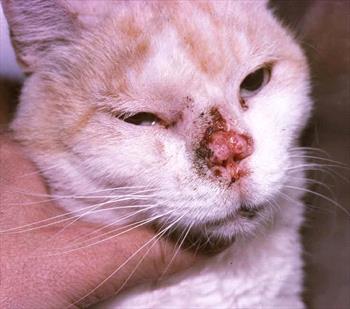
Nasal Squamous Cell Carcinoma In Cats Veterinary Partner Vin
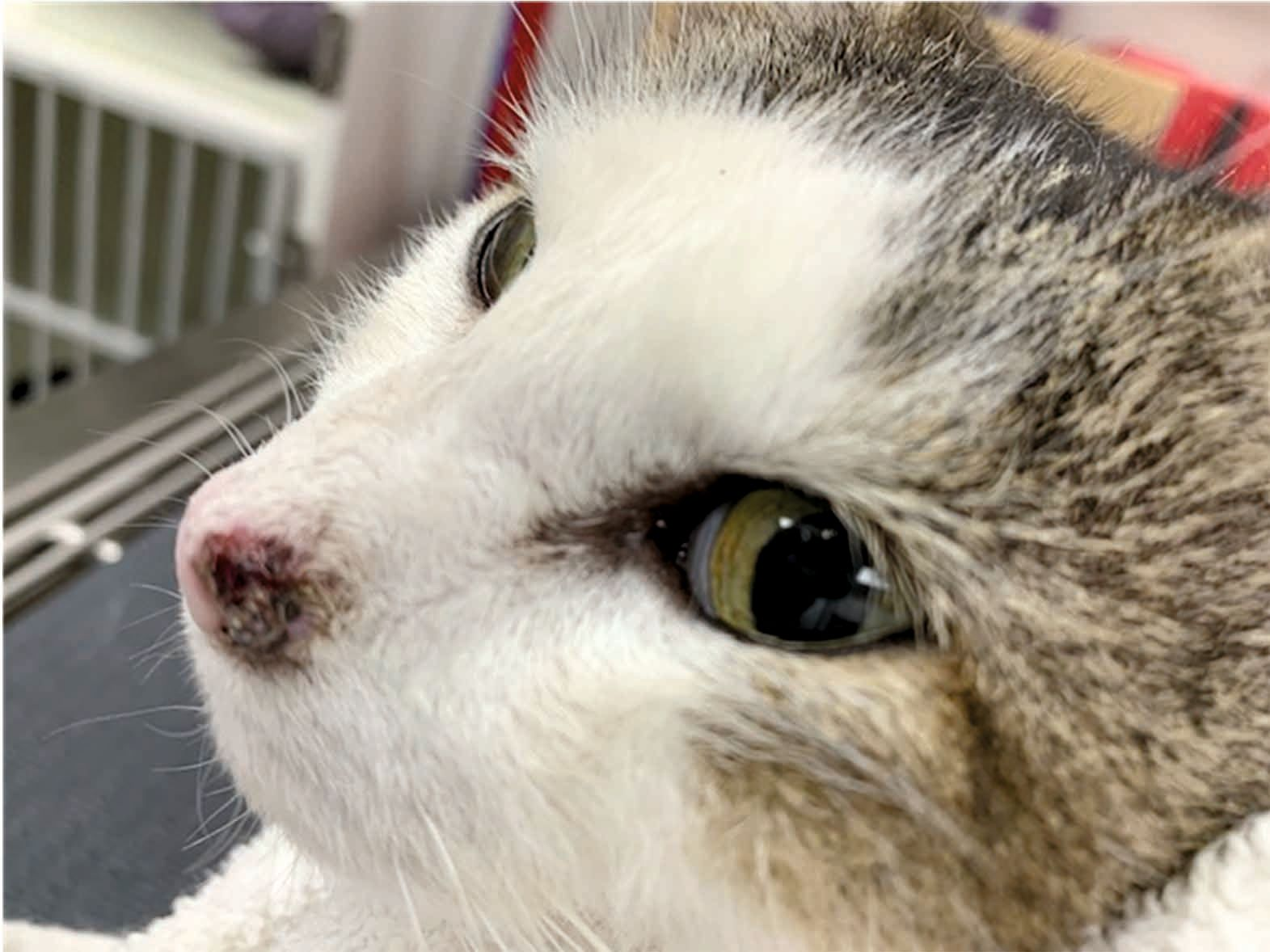
Diseases Of The Feline Nasal Planum Vet Focus

Cat 7 Squamous Cell Carcinoma On Nose Stage T4 Two Sessions Of Download Scientific Diagram

Cat 6 Squamous Cell Carcinoma On Nose Stage T2 One Ect Session Download Scientific Diagram

Diseases Of The Feline Nasal Planum Vet Focus

Tumors Of The Respiratory System Veterian Key

Nose Cancer In Cats Causes Symptoms Treatment All About Cats


